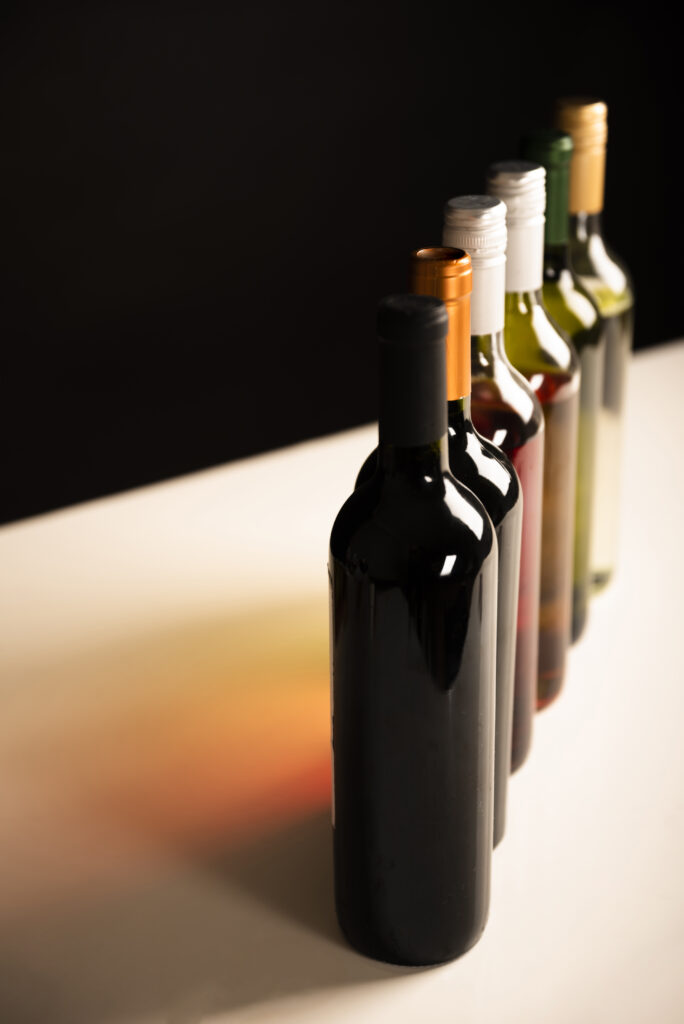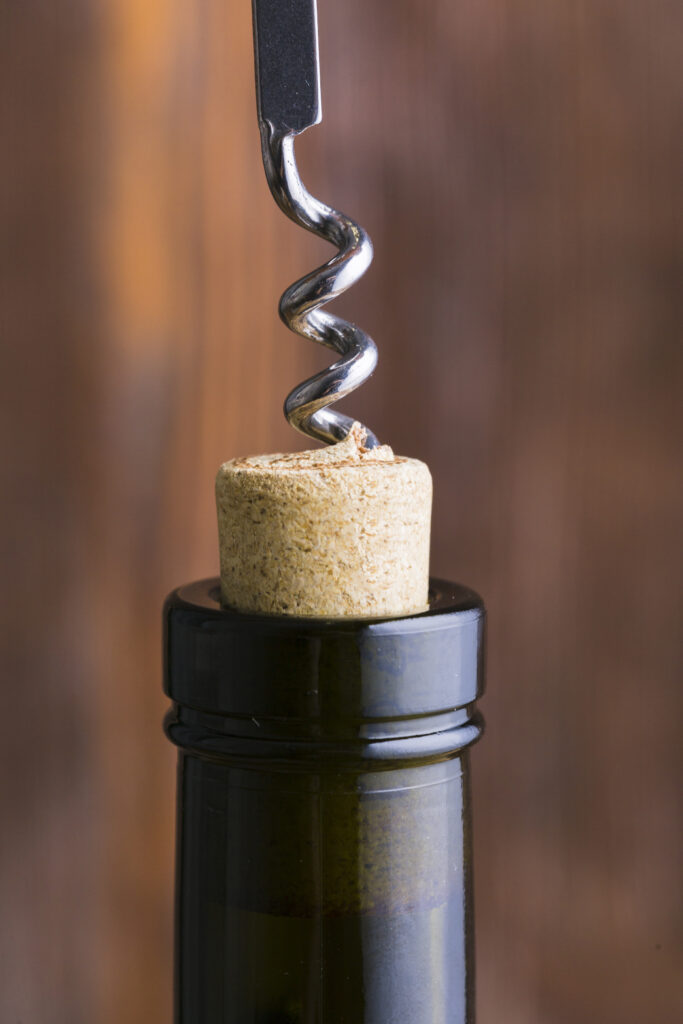The use of Stelvin or screw caps for wine bottles is a highly debated issue among consumers and wine producers. It’s more of a cultural clash than a technical or functional matter.
It has long been understood that both types of closures work well, and screw caps and cork stoppers can coexist and have different specialized uses.
The origins of the screw cap
As you can easily imagine, cork stoppers have a very long history. In the Mediterranean area, they have been used for more than two thousand years to seal amphorae used to transport wine by the Greeks and Romans. The advantages were already known: cork stoppers provided thermal insulation and a certain adherence to the container, in addition to the well-known ability to float.

It is said that Dom Pérignon himself used cork stoppers to seal wine bottles for the first time, allowing the consolidation of the practice of aging and refinement in the bottle. These practices were unthinkable in non-hermetically sealed containers.
But where does the screw cap come from then? Its history is much more recent and linked to industrial production and globalization of trade. Initially, it was used as an emergency stopper in cases of cork stopper breakage, but soon its impermeability caught the eye.
In the 1970s, the growth of wine production in the USA and Australia highlighted the global scarcity of cork, and so the screw cap found success in emerging markets. The fact that it originated in Anglo-Saxon countries made it less appealing to countries with a longer and more established tradition, to the extent that in Italy or France, it is perceived as an indicator of poor quality.
The advantages and disadvantages of the screw cap
Today, we know that the screw cap (also know as Stelvin cap from the most famous producer) is an excellent solution for wine preservation. In fact, this type of closure ensures maximum bottle tightness, thus completely avoiding the passage of oxygen that would lead to product oxidation.
The screw cap allows for vertical storage, facilitating transportation and storage in tight spaces. The cork stopper, on the other hand, must remain in contact with the wine constantly to prevent oxidation processes from occurring.
Contrary to what is often said by non-experts, aluminum screw caps do not alter the wine’s organoleptic properties in the slightest. Finally, bottle closure and opening are much simpler. Although this point is where traditionalists and innovators in the wine world clash.
Differences with cork

Cork is a natural material extracted from the bark of the cork oak. It is produced only in the Mediterranean area: 50% of the world’s production takes place in Portugal, followed by Spain, Italy, Morocco, Algeria, and Tunisia. Although both are 100% recyclable, the limited cork production area makes traditional cork stoppers less appealing to the global market, unlike aluminum, which is used for screw caps.
However, cork seems to be more suitable for wines that require aging, such as great French or Italian red wines. Although they have a tight grip on the glass bottles, the cork they are made of allows traditional stoppers to guarantee the necessary oxygen exchange for aging. It is no coincidence that the screw cap (Stelvin) is more commonly used for white and young wines.
Cork stoppers have a well-known issue: the famous cork taint odor. This scent develops when the cork is worn out and of poor quality. It indicates that there is mold proliferation on the cork during maceration, so do not drink it. This is obviously impossible to happen with screw caps.
Future perspectives
The screw cap is a well-established reality in Australia and New Zealand, where it first spread even among producers of red wine. This is the case of the Penfolds winery, which has been using it for its Grange for some time. But this is not an isolated case, as Chateau Margaux in France is also integrating the so-called Stelvin, as well as Gaja in Italy.
Producers of white wines in Italy are certainly at the forefront: Jermann, Livio Felluga, Graziano Prà, or Albino Rocca are just three of the most well-known brands using the Stelvin screw cap. After all, since 2013, the obligation of cork stoppers has been abolished by DOCG regulations, paving the way for more courageous companies.
The biggest problem for producers to face is undoubtedly the costs involved in switching to an automatic bottling plant with screw cap closure. To keep the machinery from having too much impact on costs, high productivity is required: a simple machine can cost more than 50 thousand euros, a cost that a small producer could not afford.
This limitation, combined with a strong traditionalism in the Italian wine industry, means that the road in Italy is still uphill. According to data provided by Stelvin and Guala Closures, today more than a third of the world’s bottles are closed with screw caps. Western Europe has increased from 29% in 2015 to 34% in 2021. Italy is stagnant at 22%, excluding the prosecco share.














